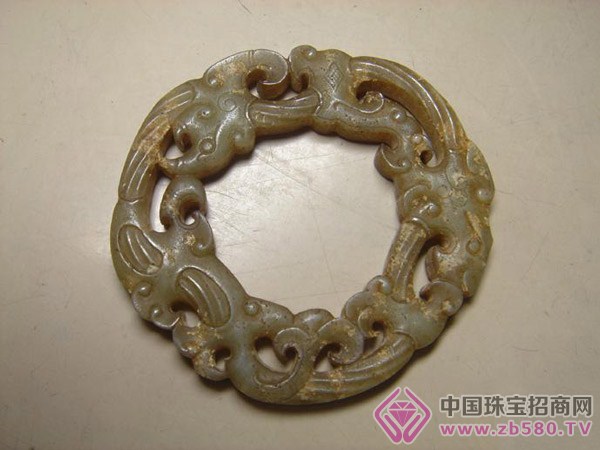
A piece of sapphire, lotus leaf shape, leaf heart drooping Chinese Ming Dynasty sapphire lotus leaf wash; a piece of gold dragon pattern, double-sided literary Qing court "Jade jade special ;"; a piece of tangled clover, one dragon through the white jade The hollow dragon card decoration... From the "return" of Xinjiang, 130 pieces (group) of Chinese Ming and Qing dynasty jade products were exhibited in Urumqi, which confirmed the beginning of the "Silk Road".
“Ruiyu Chengxiang—Hubei Provincial Museum Collection of Ming and Qing Dynasties Exhibition†was held here on the 18th. The exhibition was divided into ceremonial ceremonies, jade, literary jade, jade, and jade clothing. The variety is varied and the workmanship is exquisite, showing China. The peak stage of the development of ancient jade articles reflects the influence of jade culture and the style of the times in the Ming and Qing Dynasties from different angles.
The person in charge of the Xinjiang Museum said that many jade materials from this exhibition were produced in Hetian and other places in southern Xinjiang. They have experienced the vicissitudes of Xinjiang and have closely linked the mainland with the mainland since ancient times, explaining the spiritual connotation of Chinese culture.
As early as the pre-Qin period, the ancient Chinese ancestors extended from the north slope of the Kunlun Mountains to the east and west wings, and transported Hetian jade to the Eurasian region of the Chinese mainland and the Mediterranean coast. The ancient Hetian jade transport channel is now known as the “silkâ€. The predecessor of the road - "Jade Road".
During the Ming and Qing Dynasties in China, with the development of society and economic prosperity, there were more jade ornaments, such as jade ornaments, jade, jade, jade bowls, jade plates, pots, snuff bottles, etc. The aspect reflects the influence of jade culture and the style of the times.
The jade artifacts exhibited at this time are the jade artifacts unearthed from the Tomb of Liangzhuang in the Zhongxiang Ming Dynasty in Hubei Province in 2001, the Qing Dynasty imperial jade that was transferred from the Forbidden City in Beijing at the beginning of the establishment of the Hubei Provincial Museum, and some jade artifacts collected in the folk. The exhibition will continue until In July, the public can visit for free.
In China, more than 98% of the tremolite components are named Hetian jade, also known as nephrite. In general, Xinjiang Hetian jade is mainly produced in the Kunlun Mountains and the Altun Mountains in the south of the Tarim Basin in Kashgar, Zhongjinghetian, and east to Ruoqiang County. Xinjiang Hetian jade, Henan Dushan jade, Liaoning Xiuyan jade and Hubei turquoise are known as the four famous jade in ancient China.
Hengshui Bajiu Imp.& Exp.Trade Co.,Ltd , https://www.jalabiyatrade.com